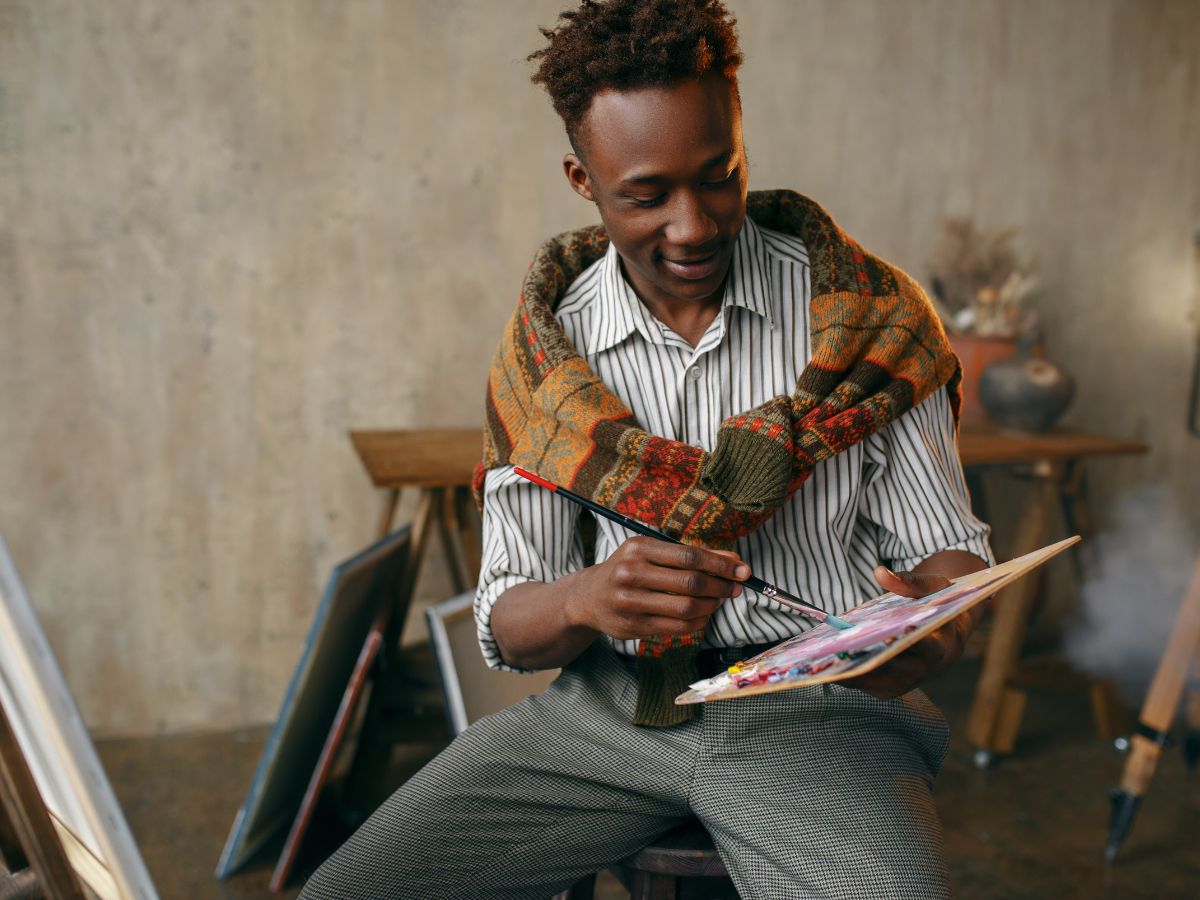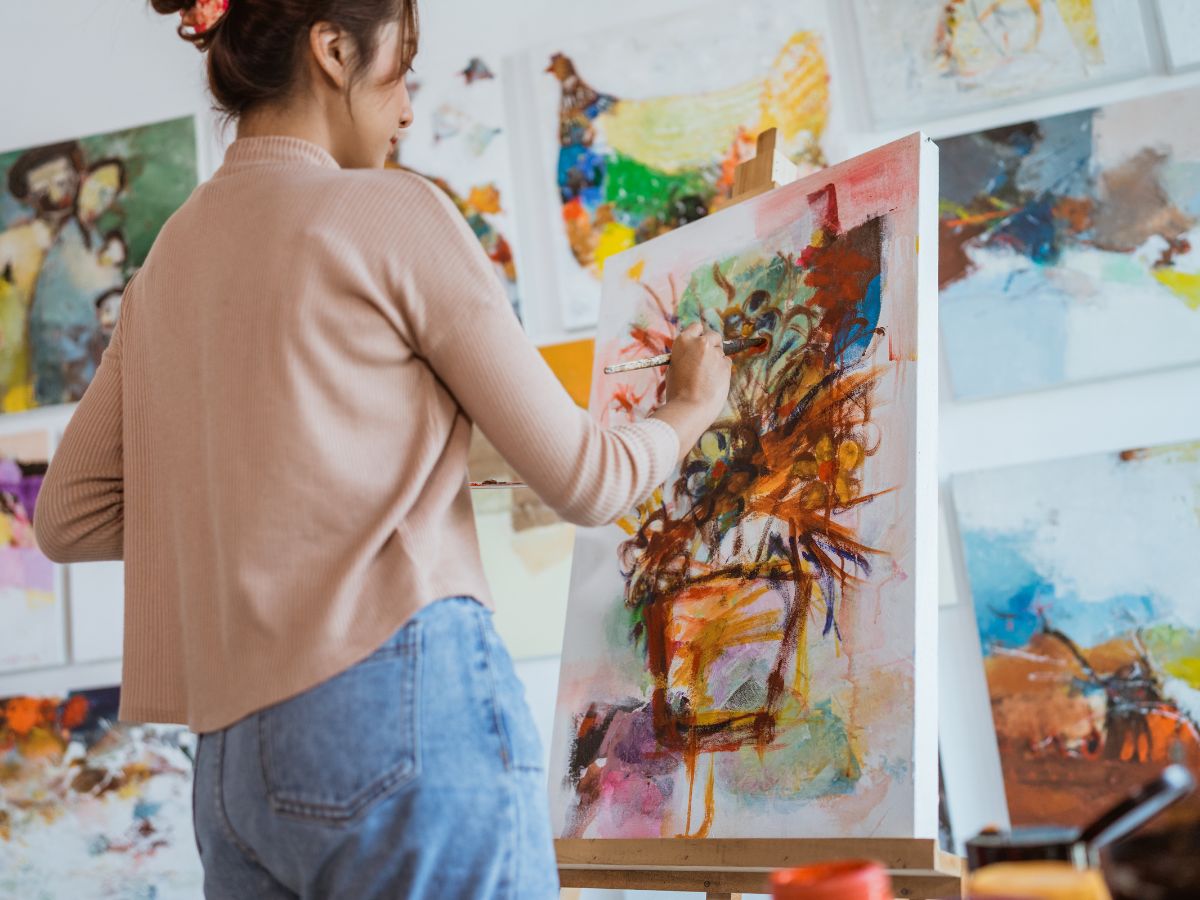
Achieving Artistic Freedom: A Guide for Painters
Artistic freedom is the lifeblood of creativity, allowing painters to express their unique perspectives and emotions on canvas. But, achieving this freedom can be challenging, especially for those new to the art world. This guide explores practical steps that both amateur and experienced painters can take to unlock their full creative potential.
1. Understanding Artistic Freedom
Artistic freedom in painting means breaking away from constraints and expressing oneself without fear of judgment or failure. It’s about painting from the heart, guided by intuition rather than rigid rules. This freedom allows artists to experiment, make mistakes, and ultimately find their unique voice.
2. Overcoming Fear and Self-Doubt
One of the biggest barriers to artistic freedom is fear—fear of making mistakes, fear of judgment, and fear of not being good enough. To overcome these, start by acknowledging these fears. Remember that every artist, no matter how accomplished, faces self-doubt. Embrace mistakes as part of the learning process and view them as opportunities for growth. Surround yourself with supportive people who encourage your artistic journey.
3. Experimentation and Exploration
Experimentation is important for artistic growth. Try different styles, techniques, and mediums to discover what resonates with you. Don’t be afraid to step out of your comfort zone. Whether it’s abstract, realism, or surrealism, each style offers a new way to see and express the world. Try to keep a sketchbook for ideas and spontaneous creativity. This practice helps in developing a personal style and expanding your creative horizons.
4. Learning from Others
While artistic freedom is about finding your own voice, learning from others can be incredibly beneficial. Study the works of master painters and contemporary artists. Attend workshops, take online courses, and join art communities. By understanding different perspectives and techniques, you can incorporate elements you admire into your work and make them your own.
5. Creating a Personal Space
A dedicated space for painting is essential for fostering creativity. This space should be free from distractions and filled with materials that inspire you. Whether it’s a corner of a room or a spacious studio, having a personal space allows you to focus on your art and freely express yourself.
6. Balancing Discipline and Freedom
Artistic freedom doesn’t mean a lack of discipline. In fact, discipline can enhance creativity by providing structure and consistency. Set aside regular time for painting, establish goals, and challenge yourself with new projects. This balance between discipline and freedom can lead to a more productive and fulfilling artistic practice.
Achieving artistic freedom is a journey that involves overcoming fears, continuous experimentation, learning from others, creating a personal space, and balancing discipline with creativity. By taking these steps, painters can unlock their full creative potential and express their unique vision on canvas.
